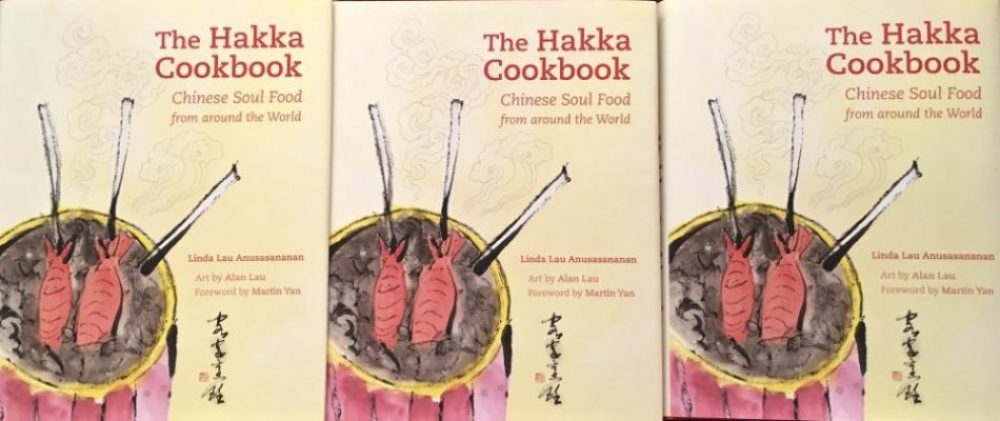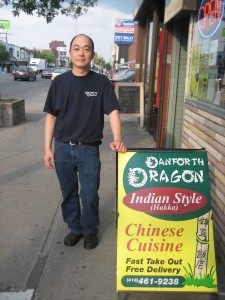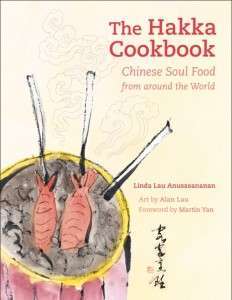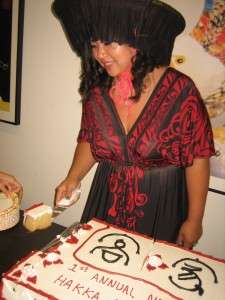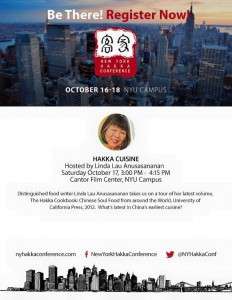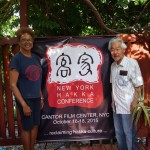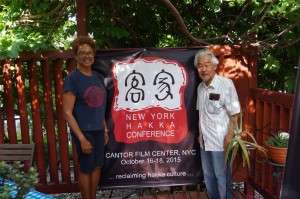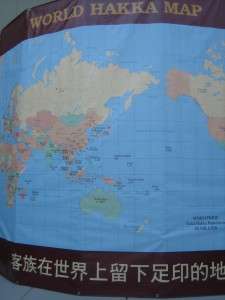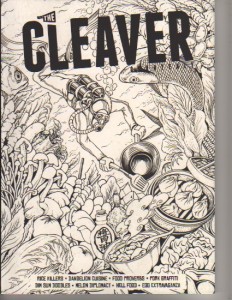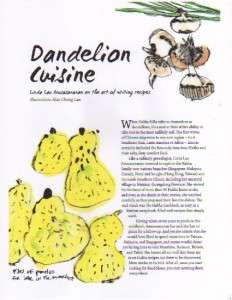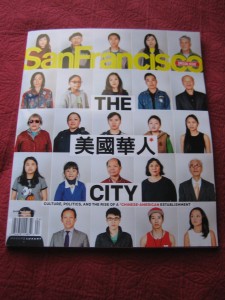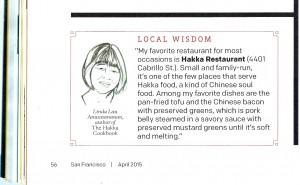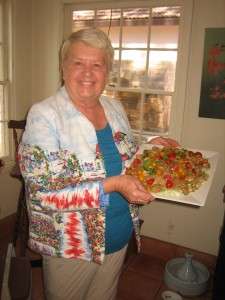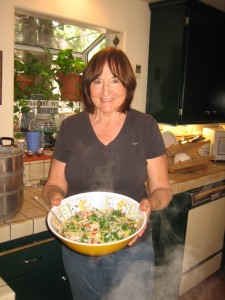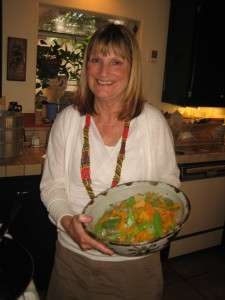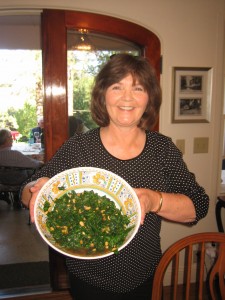Where are the Hakka restaurants?
I am surprised there are so few. In San Francisco, I only know of a couple—The Hakka Restaurant and Ton Kiang. Both are owned by Hakka and serve some Hakka dishes as well as other popular Chinese dishes. But in a city with such a large Chinese population why are there so few?
I suspect some restaurants may be Hakka-owned but to attract more customers they may promote a more recognizable Chinese cuisine or generic Chinese dishes. The scarcity of Hakka restaurants may exist only in North America. Although I did find more Hakka establishments in S.E. Asia, China, Taiwan, and Hong Kong, the numbers still seemed rather minor. Since I don’t live there, perhaps I may not be aware of them.
Because Hakka chefs come from all over, there are variations on the cuisine they serve. Some serve Hakka-Indian, Hakka-Caribbean, or Hakka Chinese food.
Do you know any Hakka restaurants anywhere in the world? If so, please share. Provide the restaurant name, address, phone, website, email address, type of Hakka food (Chinese, Indian, etc.), house specialties, your favorites, and any other comments.
I am happy to share the information here. Looking forward to your recommendations. Thanks!
